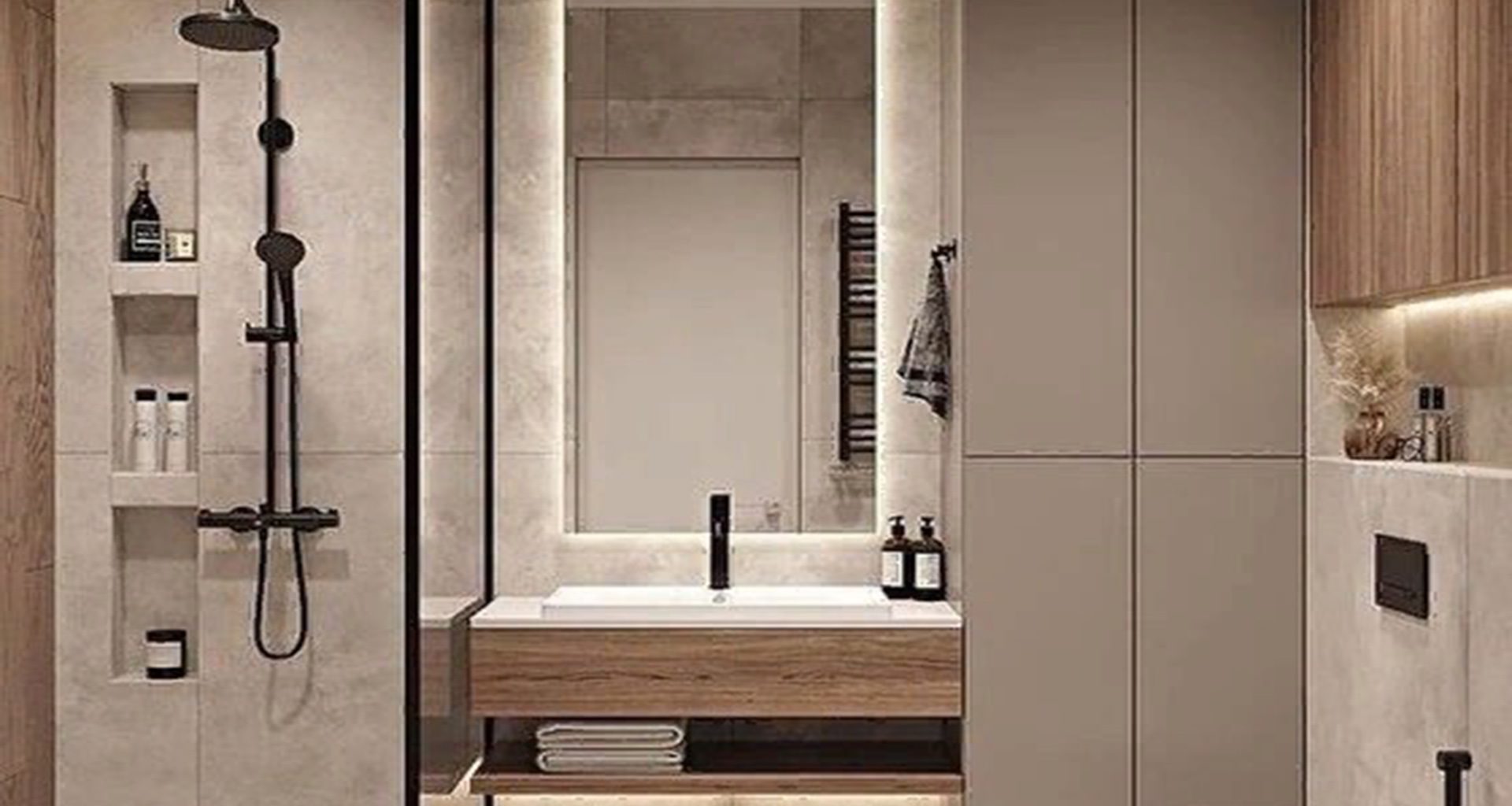Bathrooms often carry a reputation for being purely functional, yet they hold some of the greatest potential for personal comfort and style. Beyond fixtures and tiles, one design element can dramatically shift the mood and usability of the space—lighting. In fact, thoughtful lighting can turn an ordinary bathroom into a retreat. When you look at the best bathroom designs Indianapolis, you’ll notice that lighting plays a central role in shaping both atmosphere and practicality.
The Role of Light in Shaping a Bathroom
Lighting is more than illumination. It highlights textures, enhances color schemes, and creates an environment that feels inviting. A bathroom with poor lighting can appear dull, even if it’s filled with premium finishes. On the other hand, the right mix of light makes surfaces shine and gives the room a balanced, warm, and refreshing feel.
Lighting also affects how we interact with the space daily. Whether applying makeup, shaving, or simply starting the morning routine, the right brightness and placement matter. A mirror lit incorrectly can cast shadows, while strategic lighting eliminates these issues.
Types of Lighting in Bathroom Design
Professional designers often consider three main categories when planning bathroom lighting. Each has its purpose, and together they form a layered effect.
Ambient Lighting
This is the foundation of bathroom illumination. Ceiling fixtures, recessed lights, or flush mounts typically provide this general glow. Ambient lighting ensures the whole space is evenly lit, preventing dark corners and setting the overall tone of the room.
Task Lighting
Bathrooms demand precision for activities like grooming. Task lighting, often installed around mirrors, provides focused illumination. Vertical fixtures on either side of a mirror or LED backlighting eliminate shadows and give clarity. Without good task lighting, even a beautifully designed bathroom feels less practical.
Accent Lighting
Accent lighting adds personality and highlights design details. Under-cabinet strips, backlit niches, or even a chandelier over a freestanding tub create focal points. This type of lighting elevates the mood and showcases features that deserve attention.
The Impact of Color Temperature
Not all light feels the same. The color temperature of bulbs plays a role in mood and function.
- Warm white (2700K–3000K): Creates a soft, relaxing glow, ideal for soaking tubs or evening use.
- Neutral white (3500K–4100K): Balances comfort and clarity, making it versatile for daily routines.
- Cool white (5000K+): Mimics daylight and works well for task-heavy areas like vanity mirrors.
Choosing the right color temperature ensures the space feels comfortable without distorting natural skin tones.
Lighting and Bathroom Layout
The placement of lights depends heavily on the bathroom’s size and layout. A small powder room may only need a single ceiling light and mirror sconces, while a master bathroom benefits from layered lighting across different zones.
Designers often use recessed lights for showers, pendants for vanities, and accent strips near flooring for a spa-like effect. The arrangement balances both beauty and function, ensuring no area feels neglected.
Energy Efficiency and Smart Options
Modern bathroom lighting is not just about looks—it’s also about efficiency. LED bulbs last longer and consume less energy, reducing both environmental impact and utility bills. Many homeowners are also turning to smart lighting systems. These allow adjustments in brightness and color temperature at the touch of a button, offering flexibility for different moods and times of day.
Imagine dimming lights for a calming bath or brightening them for morning preparation. Smart lighting makes the bathroom adaptable to both.
Common Mistakes in Bathroom Lighting
Even well-designed bathrooms can suffer from lighting errors. Some frequent mistakes include:
- Relying solely on overhead lights, which cast shadows on the face.
- Ignoring accent lighting, which misses an opportunity to enhance style.
- Choosing bulbs with overly harsh color temperatures that make the space feel sterile.
- Placing fixtures without considering mirror reflections, leading to glare.
Avoiding these missteps ensures the bathroom is both functional and visually appealing.
Frequently Asked Questions
1. How many light layers should a bathroom have?
Ideally, three—ambient, task, and accent lighting. Together they create balance and flexibility.
2. Are LED lights good for bathrooms?
Yes. LEDs are energy-efficient, long-lasting, and available in various color temperatures suitable for both task and ambient lighting.
3. Where should vanity lights be placed?
The best placement is at eye level on either side of the mirror. This reduces shadows on the face and provides even illumination.
4. Can dimmers be used in bathrooms?
Absolutely. Dimmers add versatility, letting you create a calming atmosphere or brighten the space when needed.
5. How does natural light factor into bathroom design?
Natural light enhances the overall feel, but it often needs to be paired with artificial lighting for consistency, especially at night or in windowless bathrooms.
Final Thoughts
Lighting has the power to shape a bathroom more than many homeowners realize. It influences mood, enhances daily routines, and brings out the best in design features. By combining different layers, choosing the right color temperature, and avoiding common mistakes, a bathroom becomes both beautiful and functional.
For those considering a redesign or update, lighting should always be at the heart of the plan. And if a full transformation is on your horizon, exploring options like affordable bathroom remodeling services Indianapolis can help bring both lighting and design together for a space that feels fresh and practical.






